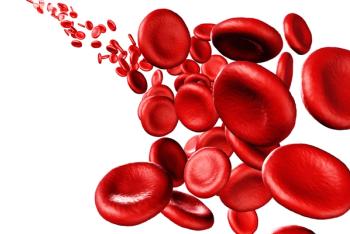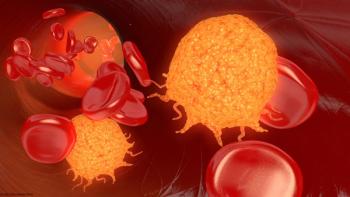
Oncology NEWS International
- Oncology NEWS International Vol 5 No 10
- Volume 5
- Issue 10
Neurotoxicity Related to High-Dose Opioid Therapy Can Be Managed
EDMONTON, Alberta-Vigorous worldwide pain education efforts emphasizing undertreatment have resulted in a "very healthy increase" in the use of opioids around the world, including increases in dose and length of exposure, Eduardo Bruera, MD, of the University of Alberta and Edmonton General Hospital, said at a plenary session of the 8th World Congress on Pain.
EDMONTON, Alberta-Vigorous worldwide pain education efforts emphasizingundertreatment have resulted in a "very healthy increase"in the use of opioids around the world, including increases indose and length of exposure, Eduardo Bruera, MD, of the Universityof Alberta and Edmonton General Hospital, said at a plenary sessionof the 8th World Congress on Pain.
As a result of this increased usage, along with more and betterneuro-psychiatric assessments, a spectrum of neuropsychiatrictoxicities of opioids in cancer patients is emerging.
"It is no longer acceptable for patients on opioids to belying in bed, often confused. Clinicians are looking to improvecognitive and physical performance, and are more likely to identifyneuropsychiatric effects than before," Dr. Bruera said.
The patient population likely to receive massive opioid dosesfor long periods-patients with advanced cancer who may have lowcirculating albumin levels, low glomerular filtration rates, andprofound physical and mental fatigue-also helps to explain theincrease in reports of opioid neurotoxicity.
Delirium, myoclonus, grand mal seizures, and hyperalgesia haveall been reported in patients receiving strong opioids. Myoclonushas been seen in association with renal failure in patients receivinghigh opioid doses for prolonged periods, and may improve withopioid rotation, he said.
Delirium occurs more often in those on prolonged high-dose therapywho also have neuropathic pain, renal failure, and dehydration,and are using other psychoactive drugs.
Treatment Strategies
Possible strategies for treating opioid-associated neuropsychiatrictoxicity include opioid rotation, dose reduction, hydration, anduse of adjuvant therapies, Dr. Bruera said.
A number of researchers have rotated between morphine and hydro-morphone(Dilaudid), and "this is probably a sensible approach sinceboth are agonists and both are given every 4 hours by mouth andother routes of administration," he said. Other drugs suchas fentanyl (Sub-limaze) and sufentanil (Sufenta) can also besubstituted for morphine.
Several studies, although mostly with small numbers of patients,have reported significant improvement in patients with hyperexcitabilitysyndromes after rotation from a number of different opioids toan equianalgesic dose of a number of other opioids, Dr. Bruerasaid. Such rotations usually resulted in a final dose reduction.
The problem, he said, is "how do we rotate?" More dataare needed on the dose ratios of commonly used opioids, he said,adding that some studies suggest that the ratio will change accordingto the patient's previous opioid exposure.
Dose reductions may also be possible by recognizing the circadianmodulation in dose requirements, he said. In one study, in whichpatients receiving regular opioid doses every 4 hours were alsoallowed to take an extra dose at any time, the extra dose requirementat night was approximately half that needed during the daytime.
In a study of psychostimulation after an increase in opioid dose,cognitive assessment significantly improved on methylphenidate(Ritalin) vs placebo, and more patients preferred the psychoactiveagent. This suggests, Dr. Bruera said, that some psychostim-ulantscould be used to reverse the cognitive effects of high opioiddoses.
Although a large number of other drugs have been suggested foruse in managing hyperexcitability effects, including baclofen,valproic acid (Depakene), midazolam (Versed), and lorazepam (Ativan),"there have been few controlled trials, and such treatmentis not likely to deal with the underlying problem, only with themanifestations," he said.
Dr. Bruera concluded that perhaps "we will have to add toour message for increased opioid use a cautionary note that, insome cases, massive opioid doses can result in neuropsychiatrictoxicity; our education programs should emphasize not just under-treatmentbut also the aspects of inappropriate treatment."
Articles in this issue
about 26 years ago
Anesthetic Interventions Rise When Anesthesiologists Join the Pain Teamabout 26 years ago
Worldwide UN Survey Shows Many Impediments to Morphine Availabilityabout 26 years ago
Case-Based Pain Curriculum Used in Canadian Schoolsabout 26 years ago
Pain Descriptions May Predict Presence of Neuropathic PainNewsletter
Stay up to date on recent advances in the multidisciplinary approach to cancer.


















































































